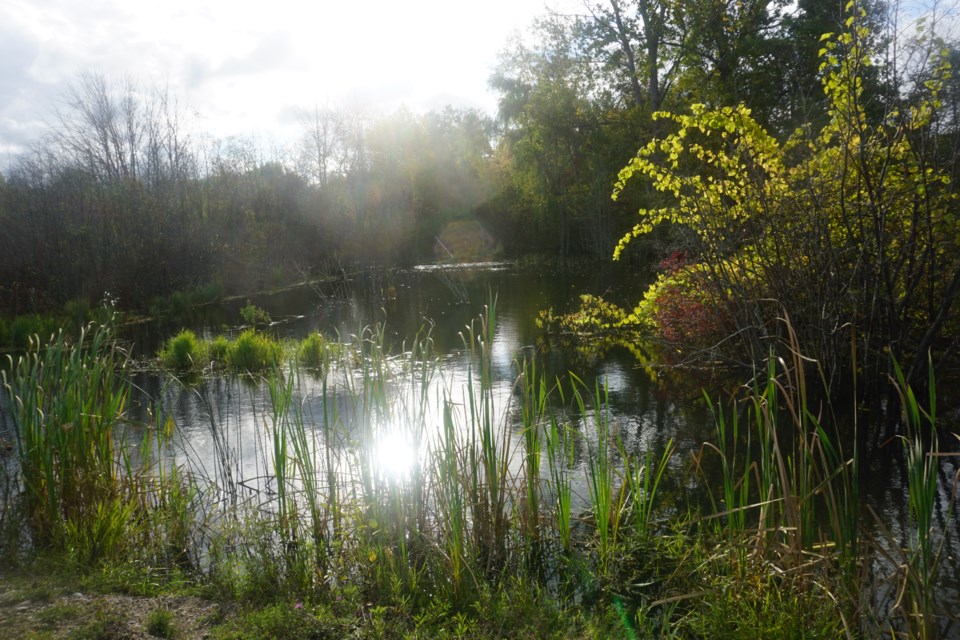For the first time in three years, Ontarians are spending less money on home improvements.
And with the exception of Tiny Township, North Simcoe communities are also following the decline trend after reaching all-time highs during the COVID-19 pandemic.
Carmelo Lipsi, vice president and chief operating officer of the Municipal Property Assessment Corporation (MPAC), says that permits are returning to pre-COVID levels after experiencing a surge a couple of years ago.
“We saw some pretty high levels in 2020-2021,” Lipsi tells MidlandToday. “Individuals started spending their money on renovations because they really were not able to travel.”
Lipsi’s agency, which tracks property data across the province of Ontario, reports residential home improvement permits decreased by more than nine per cent in Ontario, to more than 63,000. These permits were for home improvements including renovations, additions, swimming pools, sheds, garages and decks.
Provincially, 108,080 permits were issued in 2022, which represents a drop of nearly 12 per cent from 2021 levels.
Regionally, residential building permits showed declines in Tay Township, dropping from 341 in 2020 and 348 in 2021 to 271 last year and Penetanguishene 164 in 2020, 143 in 2021 and 116 last year.
Midland actually saw a slight increase from 130 in 2020 to 113 in 2021 to 142 last year while Tiny’s permits exploded, going from 405 in 2019 to 668 in 2020 to 828 in 2021 and finally to 907 last year.
According to Lipsi, there are a couple of factors that are likely behind the overall provincial decline.
The first is the ability to spend money again on “experiences and travel” while he suggests another reason is likely linked to increases in the cost of borrowing money to complete home improvement projects.
“We’re seeing those trends in this area," he says. "Residential permits are down about 12 per cent. There’s a little bit of softening.”
But new home construction in the area is still about 20 per cent higher than in 2019, according to Lipsi.
And again, Tiny is the major contributor in that regard, jumping from 62 new builds in 2019 to 119 in 2022 with 97 and 140 builds, respectively, in the middle two pandemic years.
Midland’s new build activity actually dropped over the same time period, going from 41 in 2019 to 22 in 2020, 17 in 2021 and 15 in 2022 while Penetanguishene levels dropped from a high of 61 in 2020 to 16 last year. Tay’s permits dropped from 70 in 2020 to 58 last year.
The City of Toronto remains at the top of the list with the most overall permits issued in 2022, representing almost no change from the previous year while neighbouring Brampton saw the most significant decline (25.7 per cent) in residential home improvement permits.
“We also saw some pretty significant increases in pool permits,” Lipsi said, noting that during the pandemic homeowners were more likely to spend their vacation time at home and, therefore, wanted certain amenities.
Ottawa remains the pool capital of Ontario, despite experiencing a nearly 43 per cent decrease from the previous year. In 2022, 780 pool permits were issued across the city compared to the 1,372 issued in 2021.
Pools were also a popular addition for local residents during the pandemic.
In 2019, Tiny issued 10 permits for pools compared to 11 and 26 in 2020 and 2021, respectively. Penetanguishene’s levels featured a jump from two in 2019 to eight in 2021 with Midland doubling the number of pools added from three in 2019 to six in 2021. Tay levels fluctuated, going from six in 2019 to 10 in 2021 to just three last year.
As well, there’s a chance that property assessment values set by MPAC could be revisited in the near future.
“All properties are still valued based on 2016 valuation data,” Lipsi says, noting that meant a significant tax break for those who purchased homes during the pandemic when prices skyrocketed.
“Even if someone built an addition in 2022, the property’s still assessed on a January 1, 2016 valuation date.”
Reassessments won’t be undertaken until MPAC receives an order from the province. However, based on the past that could be happening sooner rather than later since provincewide reassessments had normally been conducted every four years or so.
“There was a pause put forward based on what we were going through. (Reassessments) are phased in over four years,” Lipsi says, pointing out that means tax rates increase in 25 per cent increments.



